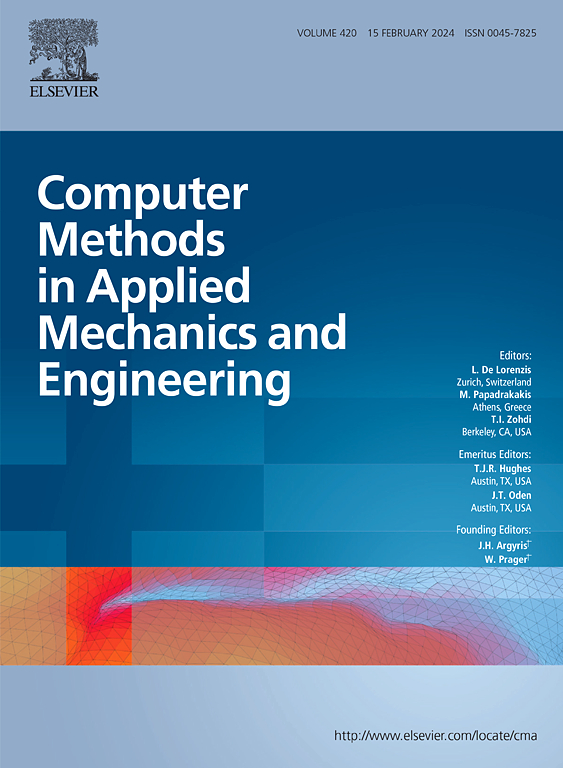A Bayesian learning approach for dynamic parameter identification and its applications in industrial robotic systems
IF 6.9
1区 工程技术
Q1 ENGINEERING, MULTIDISCIPLINARY
Computer Methods in Applied Mechanics and Engineering
Pub Date : 2025-04-03
DOI:10.1016/j.cma.2025.117951
引用次数: 0
Abstract
Accurate dynamic modeling is essential for implementing model-based control strategies to enhance the performance of industrial robots. However, conventional dynamic parameter identification methods suffer from several limitations, such as insufficient accuracy, lack of physical feasibility assurance, and inadequate utilization of prior information. More importantly, the existing methods fail to quantify the uncertainties in dynamic parameters and their effects on the performance effectively. To address these challenges, this study proposes a novel Bayesian learning framework for dynamic parameter identification and torque prediction in industrial robots. This framework integrates the inverse dynamic model (IDM) into Bayesian inference, leveraging its linear characteristics to derive an analytical representation of dynamic parameters that inherently accounts for uncertainty information. On this basis, the key factors influencing the mean and standard deviation of the dynamic parameters are analyzed. By extrapolating the uncertainty information obtained, the method generates reliable uncertainty bounds for robotic joint torques. Moreover, incorporating reasonable prior information enhances identification accuracy while ensuring the physical feasibility of dynamic parameters. To evaluate the effectiveness of the proposed approach, three industrial robot analysis examples are presented. The first two are used to demonstrate the feasibility and performances of the proposed method, while the third, an in-house experimental study on HSR-JR612 robot, further validates its accuracy in parameter identification and the uncertainty-bound prediction for the joint torques. These results underscore the engineering applicability of the proposed framework in industrial robotic systems.
求助全文
约1分钟内获得全文
求助全文
来源期刊
CiteScore
12.70
自引率
15.30%
发文量
719
审稿时长
44 days
期刊介绍:
Computer Methods in Applied Mechanics and Engineering stands as a cornerstone in the realm of computational science and engineering. With a history spanning over five decades, the journal has been a key platform for disseminating papers on advanced mathematical modeling and numerical solutions. Interdisciplinary in nature, these contributions encompass mechanics, mathematics, computer science, and various scientific disciplines. The journal welcomes a broad range of computational methods addressing the simulation, analysis, and design of complex physical problems, making it a vital resource for researchers in the field.

 求助内容:
求助内容: 应助结果提醒方式:
应助结果提醒方式:


